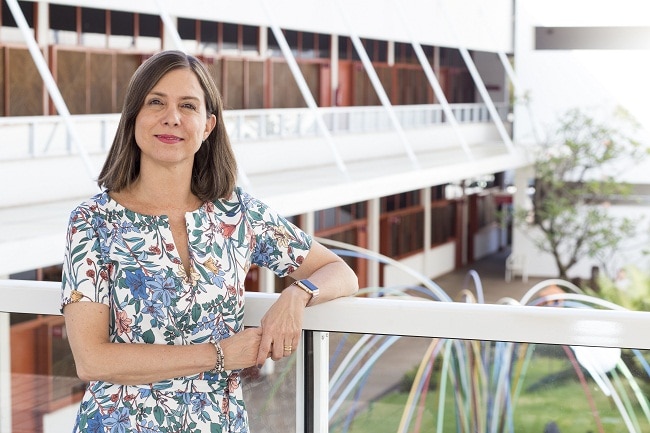What a fantastic mistake!
Making mistakes is often perceived with a negative connotation, possibly due to the educational background we come from. Errors and mistakes were to be corrected immediately, we were tested, afraid of making mistakes, afraid of the manner of correction, and encouraged to memorise the given information. That is how I was often taught at school.
The way we approach mistakes changes how we perceive education, and some of us became teachers with an ideal to make a difference and a positive impact on learning. Not all our learners are going to fall in love with studying and education, just as many of us enjoy playing sports and others don’t. However, I often question how much we are contributing to a positive perspective of the learning process, and to a world where people are more aware of their learning opportunities and embrace growth. We are in constant movement and learning takes place outside the classroom more often than in the classroom itself. As teachers, teacher educators or educational leaders, we have in our hands the power to significantly change education and its long-term effects on society. Feeling accountable for part of this process and use such power judiciously is one of our biggest challenges.
As human beings, we all seem to have a natural tendency to adapt and correct what seems wrong. Innovating and developing a positive mindset that focuses on challenging assumptions or impulsive reactions means we can go against nature sometimes to create different habits. Csikszentmihalyi and Nakamura (2011) understand that our brains drive us to see the negative aspects of any situation before the advantages, and the ratio between negative and positive perceptions is five to one. It seems that the mindset shift is a habit creation process that we need to be willing to make if we want to change our learners’ attitudes towards mistakes as well. Analysing lesson observations, we tend to focus on what needs to be adjusted and produce more general comments regarding strengths – in self, peer or supervisor observations. That seems to corroborate the psychology theory.
What I have been personally working on changing is not only the manner chosen to approach mistakes or give negative feedback, but also content of general feedback to balance error correction and solid praise. The aim goes beyond boosting learners’ (and teacher-learners’) confidence to ensure people perceive themselves more positively, with deeper knowledge of their strengths and what they bring to the educational context they are inserted in. That may promote more collaboration and change the way individuals see each other. In contrast, in the traditional context mentioned at the beginning, those making the mistakes would simply be the ones making the mistakes pointed out, as if they had nothing to contribute with, feeling like failures from beginning to end of their school life.
When learners are aware of their talents and individual strengths, they may participate more actively in the group and take more opportunities to learn from peers. Also, when those we used to label as stronger learners for knowing the right answers are faced with their strengths, but also with challenges for development, we help them be more curious and make efforts to experiment, take risks and go beyond right or wrong answers. As teachers we should definitely keep learning not only to ensure we provide our groups with a lifelong learner model, but also to be in tune with learners’ strengths and needs, challenging ourselves to see beyond precise answers and noticing their questions, their natural curiosity, embracing the ‘mistakes’ that may help the whole group learn something new.
In general terms, let’s put on our educators’ spectacles and see the complexity of the people we deal with – their developmental needs and their strengths. In practical terms, when giving feedback, ensure you cover what needs correction and development as well as what makes the individuals unique, their strengths and how they contribute positively to the team. If we are not able to see people positively or with a hopeful look at what they can develop, we may not be able to teach or inspire others to do the same, and end up contributing to keeping the world as it is, with a focus on correction, on what is wrong. Learning and development are not necessarily or exclusively about changing what seems inadequate, it can also be about highlighting and maximising strengths we are sometimes not taught to look at.
Csikszentmihalyi, M. & Nakamura, J. (2011). ‘Positive psychology: Where did it come from, where is it going?’ In K. M. Sheldon, T. B. Kashdan & M. F. Steger (Eds.), Designing positive psychology: Taking stock and moving forward. New York: Oxford University Press. pp. 2-9.




